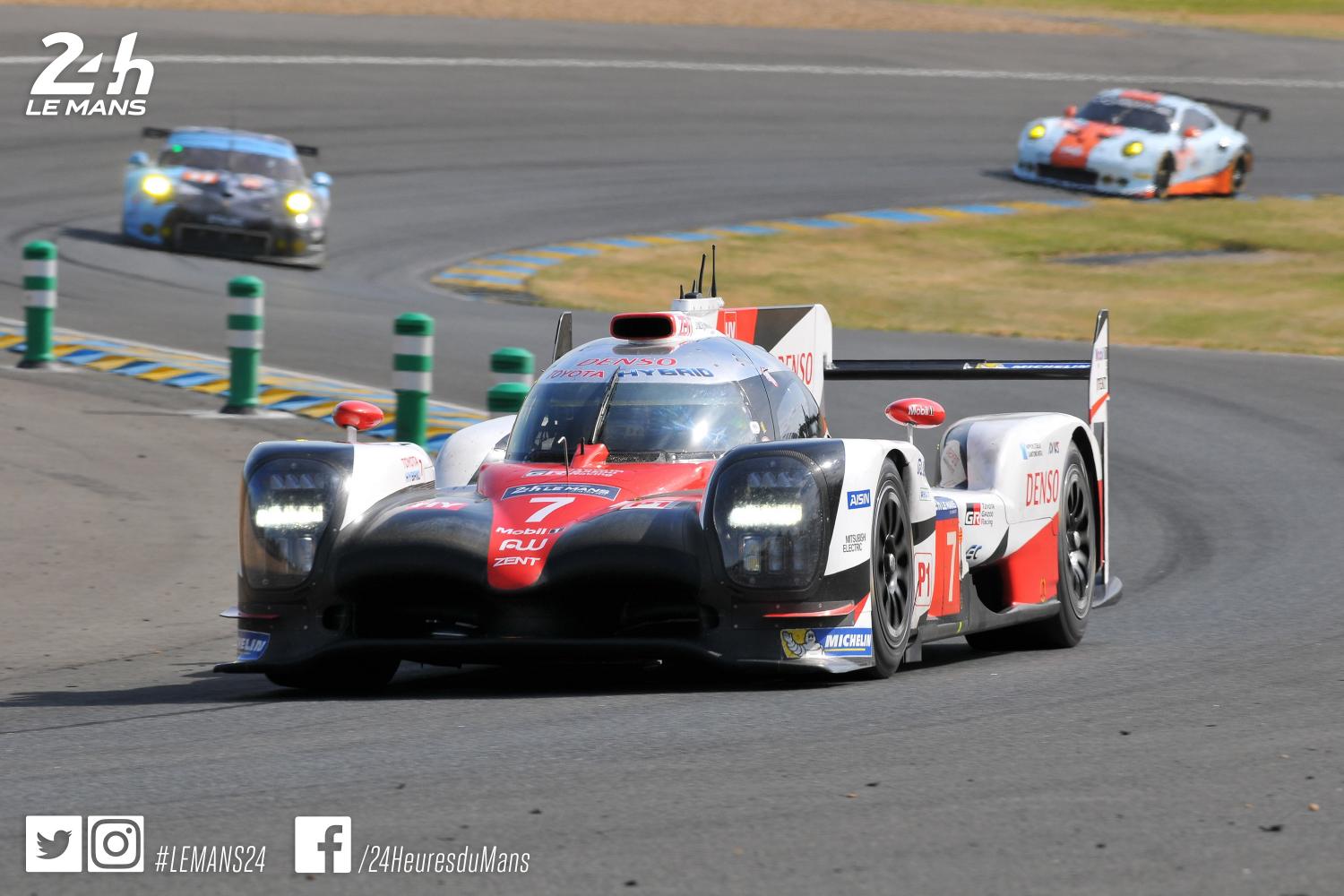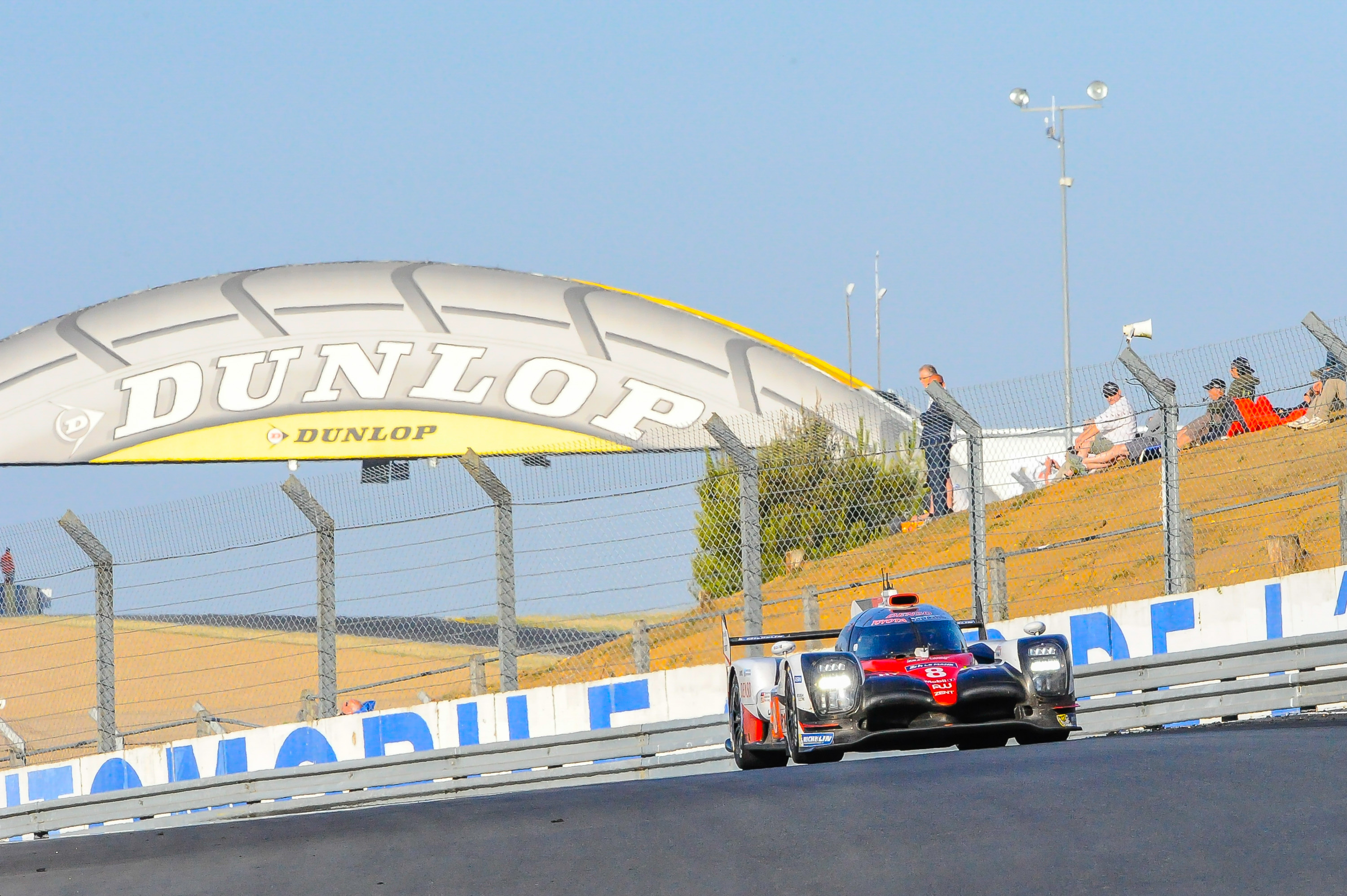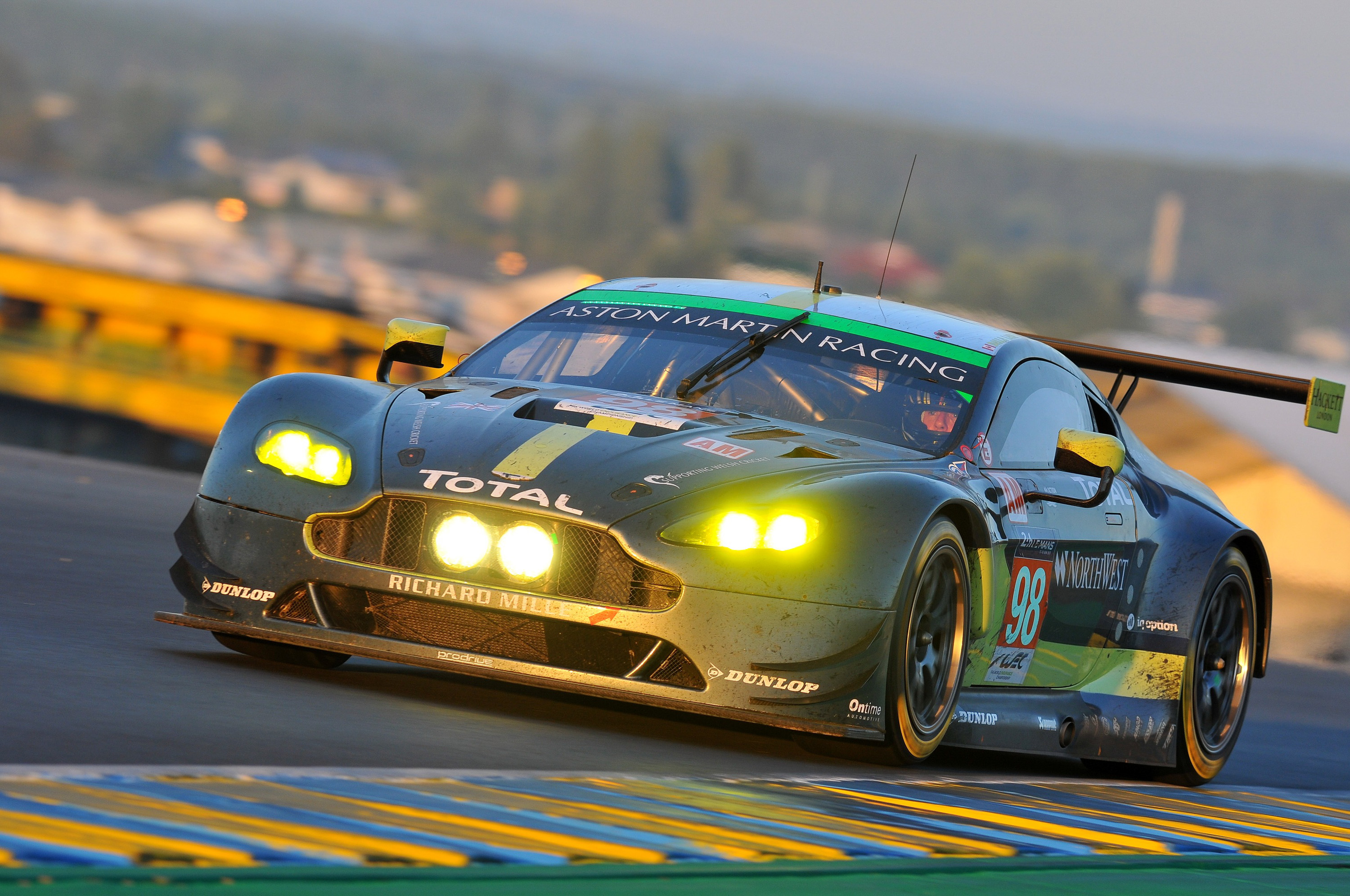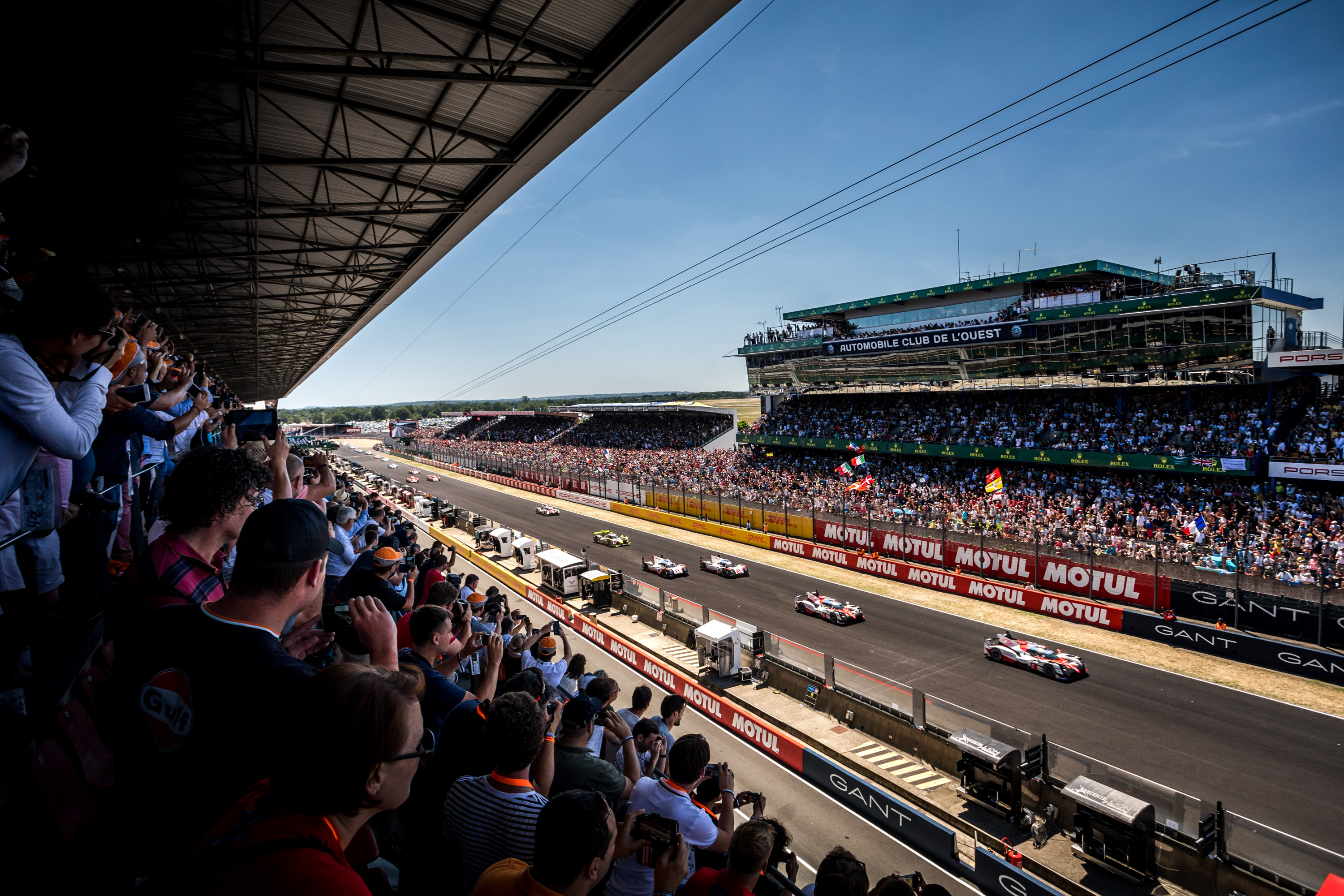The 24 Hours of Le Mans is unique, for its history, the diversity of its competitors and the originality of its particularly open regulations. It is also the flagship race of the FIA WEC, a series whose success is a tribute to the values of human endeavour and technological prowess upheld by the discipline.
The 24 Hours of Le Mans: the supreme test!
Life is based on 24-hour cycles. The pioneers of the race came up with the idea of a non-stop 24-hour race as the ultimate test of vehicle performance. Stretching a machine to the limits, around the clock was the best way to earn respect.
But a good idea at the right time is one thing; it is quite another to make it into a lasting event! The Automobile Club de l’Ouest has always been clear-sighted enough to adapt regulations to the times and look to the future, welcoming innovative technology, always with the same goal, to keep motorsport moving in the right direction. Today more than ever, the 24 Hours of Le Mans is the supreme test and the highlight of the endurance season.
Two types of car
One of the things that makes the 24 Hours of Le Mans so unique is the diversity in the cars that face off against each other. There are two broad categories:
- Le Mans Prototypes (LMP).
- Le Mans Grand Touring Endurance (LMGTE).
The prototype classes are open to cars developed specifically to race. They are not available for sale to the general public and are not road-legal. There are two prototype classes: LMP1 (open to factory teams and private teams) and LMP2 (for private teams only).
The other cars in the race are road-legal production sportscars adapted for racing. There are separate regulations for each class. The diverse line-up attracts a wide audience and the difference in speed means plenty of overtaking and traffic management, which adds to the excitement of the race.
Jean-Philippe BOYER (ACO)
Two types of driver
The originality of the 24 Hours of Le Mans extends to the people behind the wheel, as professionals and amateurs – traditionally known as “gentlemen drivers” – take part in the same race. The LMP1 and LMGTE Pro classes are for professionals only, but the other classes feature mixed or all-amateur crews, which gives these gentlemen drivers a chance to pit their wits against seasoned experts. Each car has a two- or three-driver crew. There are strict rules on the make-up of a crew and drivers are graded according to performance. Rules also govern how teams manage their drivers’ stints over the 24 hours. No driver can be at the wheel for less than six hours or more than 14 hours in total, or for more than four hours at a time within a six-hour period.
An iconic circuit
The Circuit des 24 Heures du Mans is 13.626 km long and, unlike the 4.185-km Bugatti circuit which is a purpose-built track, includes sections of public road which are closed to ordinary traffic especially for the race. The rest of the year, one can drive along the famous Mulsanne Straight in a humbler vehicle – and at a more sedate pace! During the qualifying sessions, the fastest LMP1s bank sub-3:20 laps, at an average speed approaching 250 kph. The best LMGTEs, meanwhile, are some thirty seconds “slower”.
Strict rules
Given the diversity of cars on the grid, the rule book is fairly dense, yet perfectly clear. Race founder and organiser the Automobile Club de l’Ouest remains true to the principles that form the basis of the regulations:
- ENTERTAINMENT – The ACO monitors technical improvements to ensure a level playing field while leaving ample opportunity for innovation.
- ENVIRONMENT – The impact of motoring on the environment has always been important to the ACO, especially where fuel consumption is concerned.
- ACCESSIBILITY – Keeping costs under control to render the race as widely accessible as possible.
- SAFETY – Constant improvements are made to ensure the safety of drivers, officials and spectators.
- RELEVANCE – The 24 Hours of Le Mans is a testing ground for new developments in automotive engineering that go on to influence the design of road cars.
Each year, some 1,400 marshals oversee the race and ensure it runs smoothly.
The FIA World Endurance Championship (WEC)
The 24 Hours of Le Mans is part of the FIA World Endurance Championship (WEC). This year, the WEC has embarked upon a Super Season featuring eight races on three continents between April 2018 and June 2019. Le Mans will host both the second round and the eighth and final leg, the climax of a championship season that promises to be spectacular. Compared with the five six-hour events, 50% more points will be up for grabs at the two 24-hour races in the French endurance capital while a 25% points bonus will be on offer in Sebring for the 1000 Miles (or 8 Hours) race. Four world champion titles will be awarded at the end of the Super Season:
- A FIA World Endurance LMP1 Championship title and a GT Manufacturers FIA World Endurance Championship title
- LMP and GT Drivers’ Championship titles.
While winning the 24 Hours of Le Mans has a significant impact, an FIA world champion title is the ultimate goal for many drivers, teams and manufacturers.
2018–19 FIA WEC Super Season calendar
- 5 May 2018: Total 6 Hours of Spa-Francorchamps (Belgium)
- 16-17 June 2018: 24 Hours of Le Mans (France)
- 19 August 2018: 6 Hours of Silverstone (UK)
- 14 October 2018: 6 Hours of Fuji (Japan)
- 18 November 2018: 6 Hours of Shanghai (China)
- 15 March 2019: 1000 Miles (or 8 Hours) of Sebring (USA)
- 4 May 2019: Total 6 Hours of Spa-Francorchamps (Belgium)
- 15-16 June 2019: 24 Hours of Le Mans (France)







